
Geology and history of Portuguese Bend
| 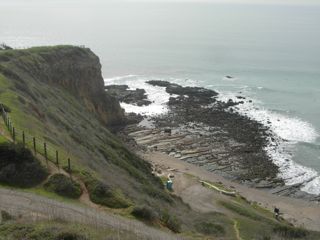
Portuguese Bend
| 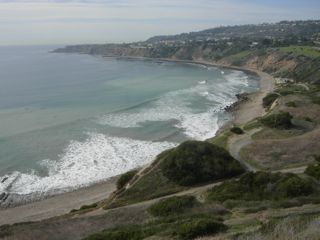
View of Abalone Cove
|

First field trip
| 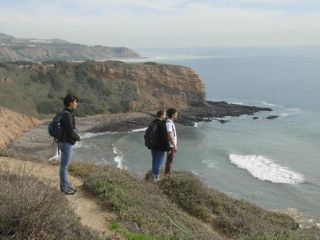
Above Smugglers Cove with Inspiration Pt. in background
| 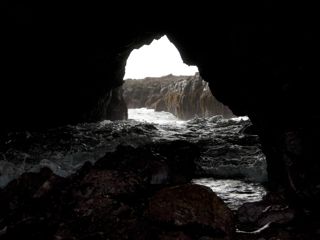
Sea cave on north side of Smugglers Cove
|
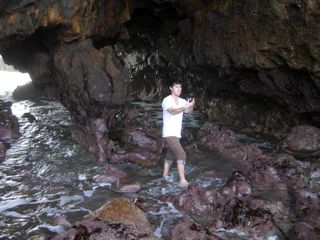
Apparently already on Facebook
| 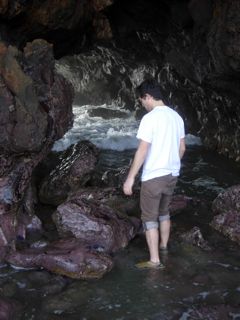
At least his feet are already wet
| 
Harbor seals (Phoca vitulina) are the most widespread pinniped, living throughout the North Pacific and North Atlantic - see here for more.
|
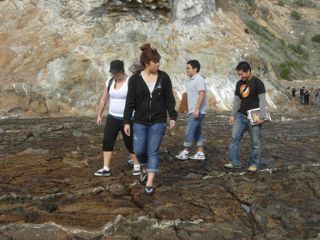
-
| 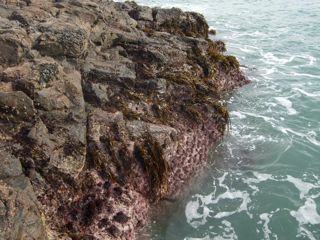
Low zone is dominated by red algae and the feather boa kelp (brown alga), Egregia menziesii
| 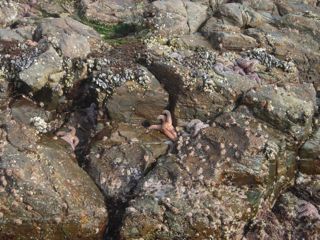
Mussels in mid zone (mostly Mytilus californianus) are the favorite food of the predatory ochre seastar (Pisaster ochraceus)
|
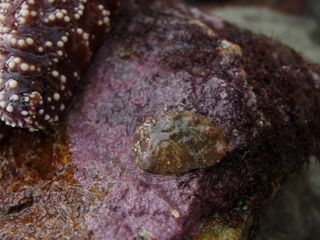
Abalone juvenile (possibly green abalone, Haliotis fulgens)
| 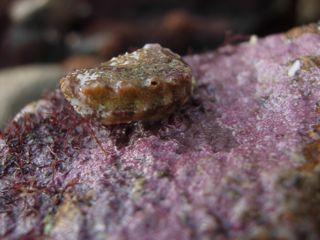
-
| 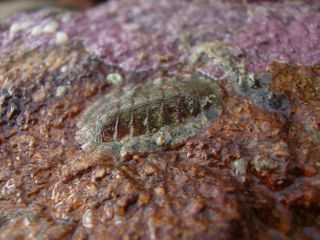
Lepidozona pectinulata is common in southern California under rocks in the low zone
|
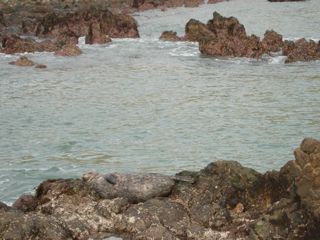
harbor seal
| 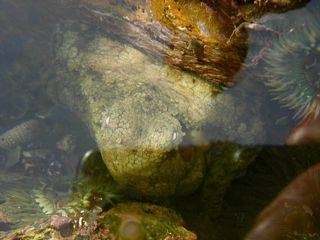
There are two species sometimes referred to as California two-spot octopus - this one is probably Octopus bimaculoides, which is more common in the intertidal. Another species, O. bimaculatus, gets about twice as large and usually is subtidal. O. bimaculoides has chain link eye spots rimmed with blue, whereas O. bimaculatus has sunburst-like eyespots.
| 
Ochre seastar (Pisaster ochraceus) below mixed clusters of California mussels (Mytilus californianus) and gooseneck barnacles (Pollicipes polymerus).
|
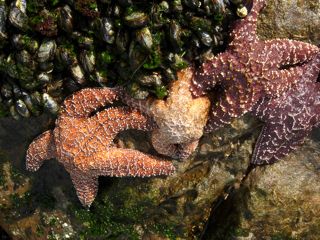
Pisaster ochraceus
| 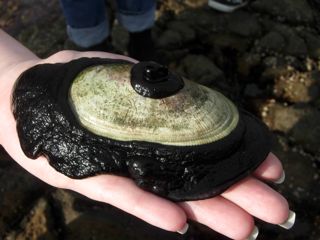
Giant keyhole limpet (Megathura crenulata)
| 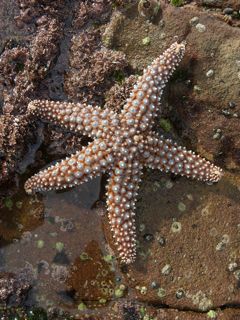
Pisaster giganteus (giant seastar) is more common in subtidal kelp forests.
|
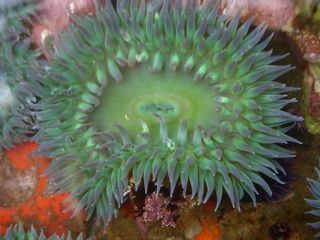
Anthopleura xanthogrammica (giant green sea anemone) is common further north but is fairly rare in the southern California intertidal. It can be found in exposed headlands with relatively cool upwelling water, including Smugglers Cove. Note that it lacks radiating lines on the oral disk.
| 
harbor seal
| 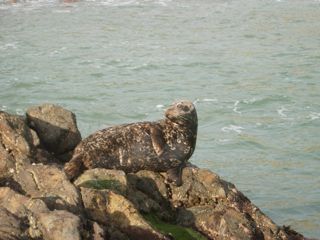
-
|
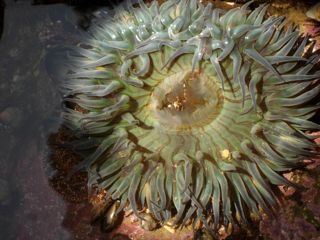
The most common large solitary sea anemone in southern California is the sunburst anemone, Anthopleura sola. Note the radiating lines on the oral disk. Although not shown in this image, also compare the sparser warty tubercles on the side of the anemone, and these are approximately in vertical rows, compared with the much denser and irregularly arranged tubercles in A. xanthogrammica. See below.
| 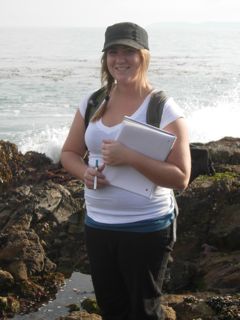
-
| 
Pisaster giganteus
|
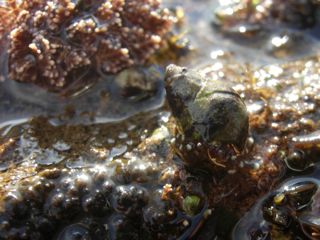
Hermit crab
| 
Mossy chiton (Mopalia muscosa) is much wider and generally larger than the more common, Nuttallina fluxa (southern spiny chiton), and has flexible bristle-like setae, not calcareous spines.
| 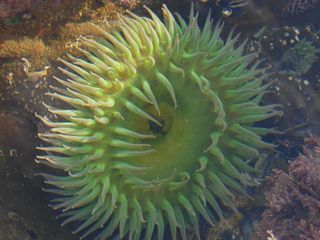
Anthopleura xanthogrammica
|
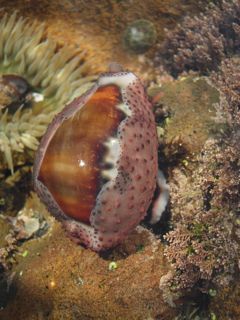
Chestnut cowrie (Zonaria spadicea)
| 
The chestnut cowrie feeds on diverse algae as well as sponges and soft corals.
| 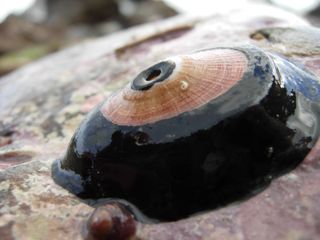
Juvenile giant keyhole limpet (Megathura crenulata)
|
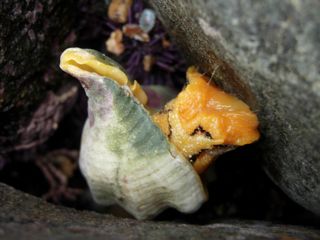
Kellet's whelk (Kelletia kelletii) is a common large carnivorous snail throughout southern California, found in the intertidal but more common in the subtidal. Note the head with eyespots near the base of each cephalic tentacle, and the anterior siphonal canal where the snail will drill into its prey with its radula, but can also extend its entire proboscis. - see here
| 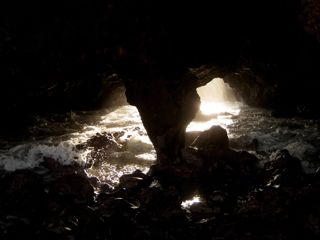
-
| 
-
|
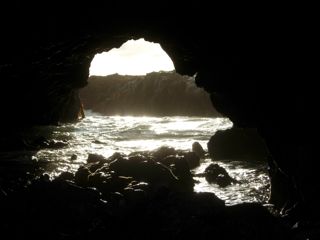
-
| 
Inspiration Point from our climb up the hill
| 
Portuguese Bend on our walk back
|
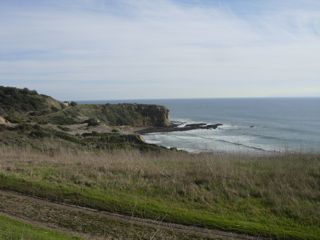
Prof. Ee came back on Saturday
| 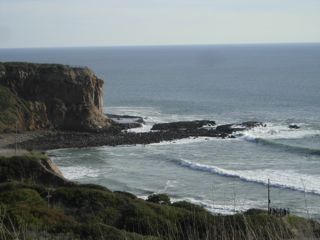
The surf was much higher than Friday.
| 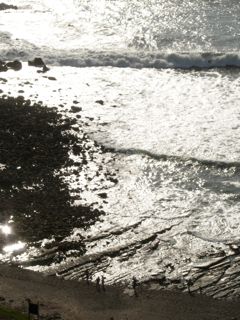
-
|
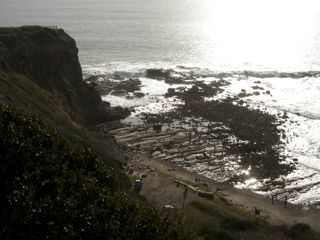
-
| 
-
| 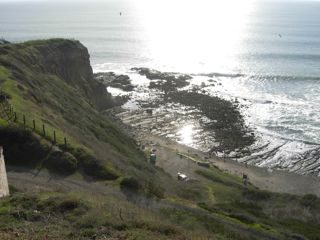
-
|
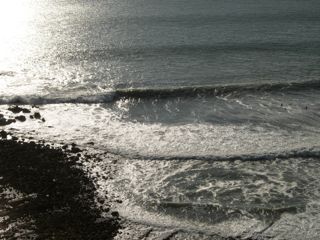
-
| 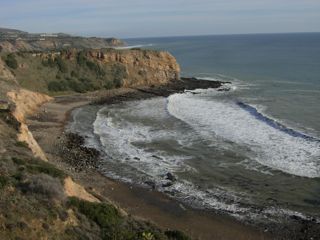
Inspiration Point
| 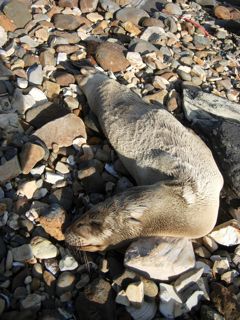
A recently dead harbor seal pub that was not there on Friday.
|
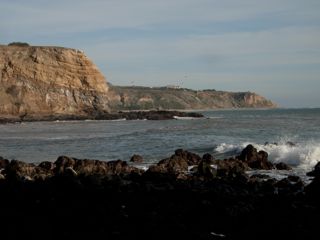
-
| 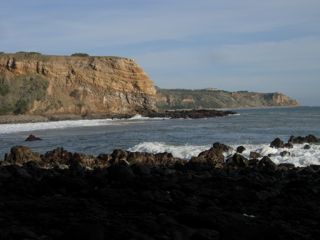
-
| 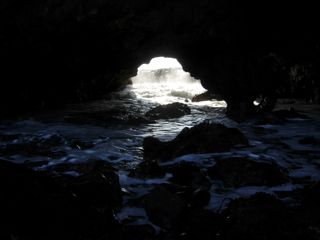
-
|
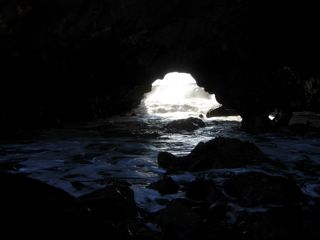
-
| 
-
| 
-
|
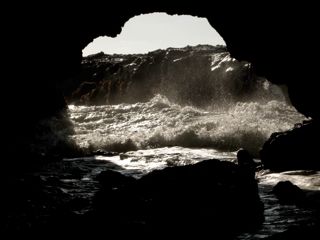
-
| 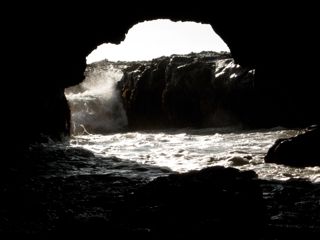
-
| 
-
|

-
| 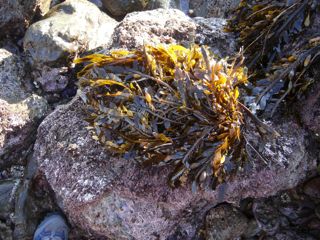
Many of the feather boa kelp plants (Egregia menziesii) have been cropped back to short stipes this time of year, probably by the winter storms. This is a typical annual cycle that affects the limpets living on the kelp.
| 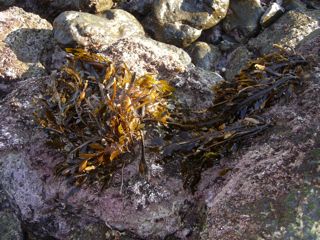
-
|
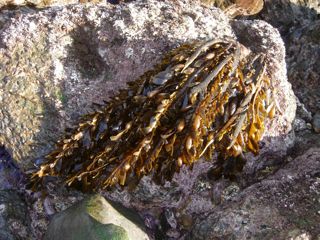
-
| 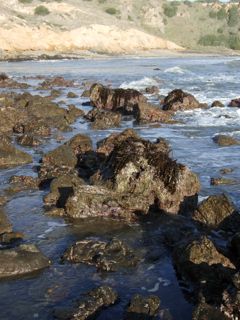
-
| 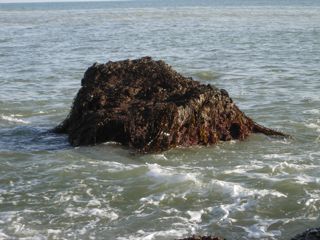
The feather boa kelp on this offshore rock still had longer stipes.
|

Some scattered softer (sandstone?) rocks had multiple burrows made by the chiton, Nuttallina fluxa (southern spiny chiton). These depressions were not found on most of the rocks at this site, presumably because it is too hard for the chitons to make home depressions.
| 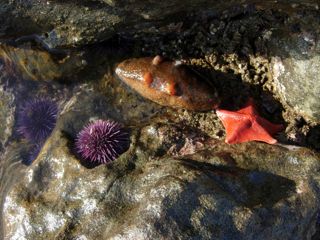
Three classes of the phylum Echinodermata: Echinoidea (represented by the purple urchin, Strongylocentrotus purpuratus), Holothuroidea (the warty sea cucumber, Parastichopus parvimensis), and Asteroidea (the bat star, Patiria miniata)
| 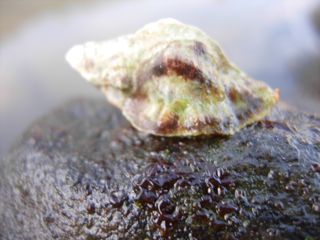
cf. Ceratostoma nuttalli (eroded; Nuttall's hornmouth)
|
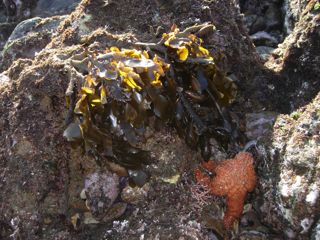
Pisaster ochraceus under more cropped feather boa kelp
| 
-
| 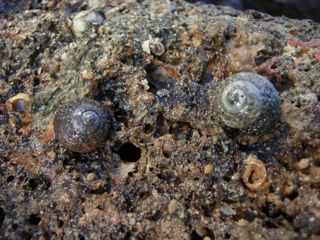
Western banded turban snail (Agathistoma eiseni, formerly Tegula eiseni)
|
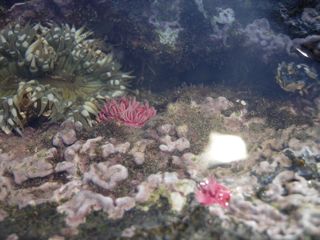
Hopkin's rose nudibranch (Okenia rosacea, formerly Hopkinsia rosacea)
| 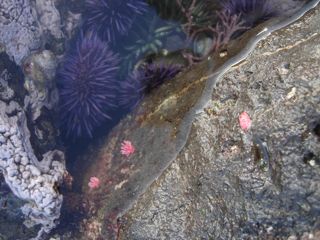
More O. rosacea
| 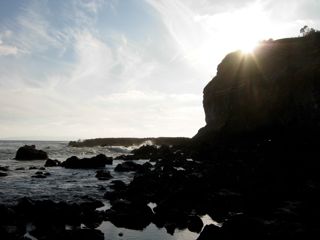
-
|

-
| 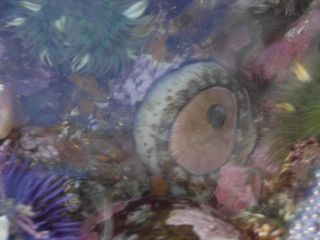
Giant keyhole limpet (Megathura crenulata) underwater
| 
Alpheus clamator (snapping shrimp or pistol shrimp) are some of the noisiest of all animals that produce sound underwater, with their metallic click sounds, produced by the larger of two claws. They "cock" their finger and, in a related studied species, bring two smooth disks perfectly together and apart with great force, each accompanied by sound. Small animals near an active snap are stunned or killed (see Lee and Miller in Morris Abbott and Haderlie, 1980)
|
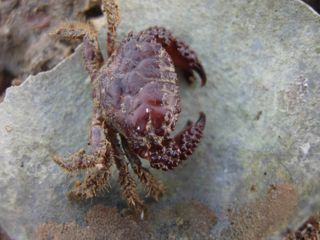
Ed Ricketts: "The obvious bumps on its big claws will serve to identify the dark red Paraxanthias taylori" (Between Pacific Tides, 2nd Edition, 1948)
| 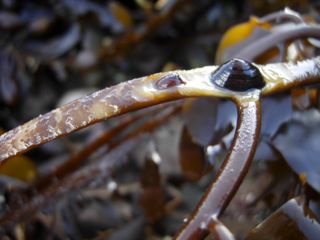
Lottia insessa (juvenile; kelp limpet) on left, L. "pelta" (southern shield limpet) on right, both feeding on Egregia menziesii (feather boa kelp)
| 
Lottia insessa (kelp limpet) on right and lower left, and L. "pelta" (southern shield limpet) on upper left, all feeding on relatively long and undamaged Egregia menziesii in the most protected part of the cove (contrast with the above "cropped" kelp, which seemed to lack limpets).
|
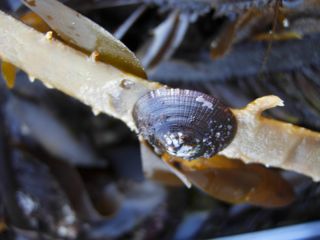
Kelp morph of Lottia"pelta" (southern shield limpet) on Egregia menziesii
| 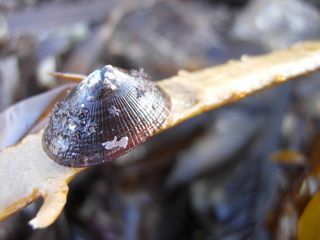
Note the fine riblets on Lottia "pelta" (southern, kelp morph), which are not found on the similar appearing Lottia insessa
| 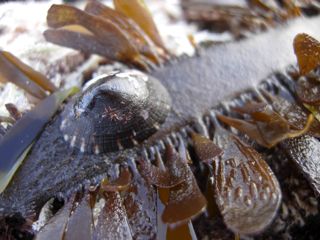
A different Lottia "pelta" (southern, kelp morph)
|

Warty sea cucumber (Parastichopus parvimensis)
| 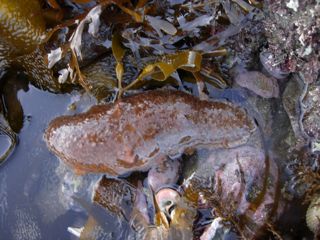
-
| 
Lepidozona pectinulata is the only intertidal chiton in southern California with strong sculpturing on its valves (shell plates) and snake-like scales on its girdle surrounding the valves. Use a hand lens to observe these features.
|
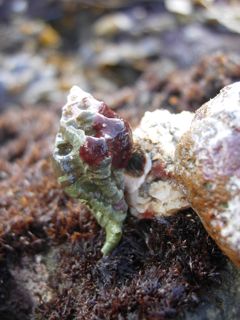
Pteropurpura festiva (festive murex)
| 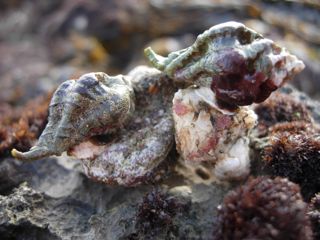
These Pteropurpura festiva (festive murex) were feeding on a rock scallop (set in a higher zone for image; found under low zone rock)
| 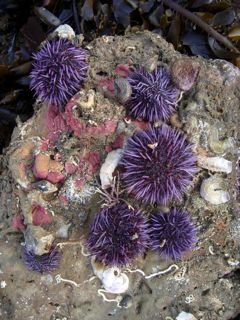
Strongylocentrotus purpuratus (purple urchin) and diverse other animals on the bottom of this overturned rock
|
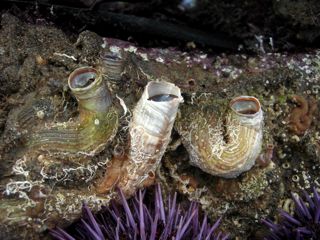
Scaled worm snails (Serpulorbis squamigerus) are gastropods that "unwind" their coiled shells to form a tube. They feed on suspended plankton with strings of mucus.
| 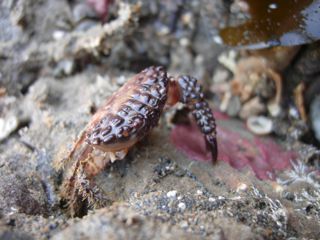
Lumpy rubble crab (Paraxanthias taylori)
| 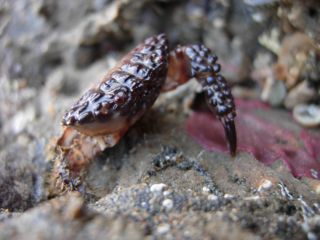
-
|
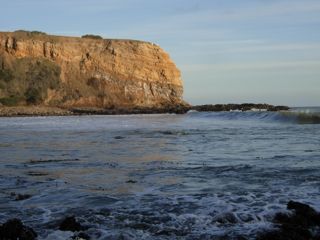
-
| 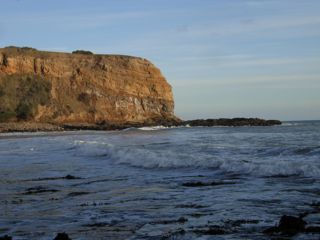
-
| 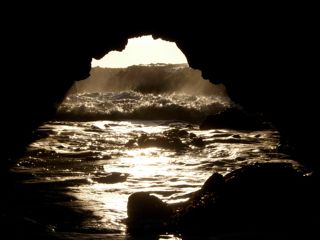
-
|
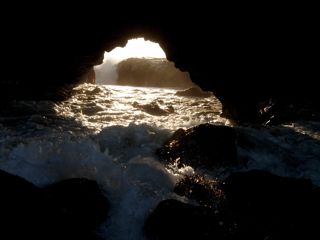
-
| 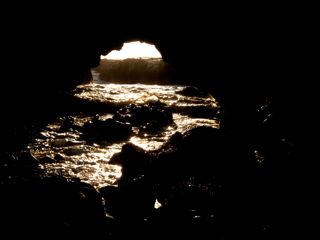
-
| 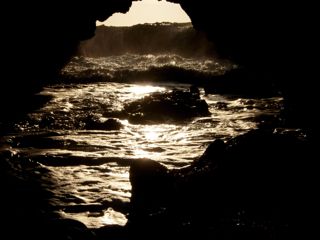
-
|
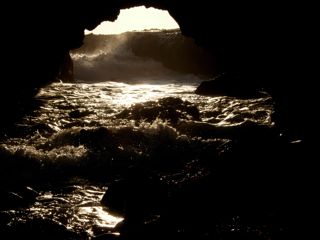
-
| 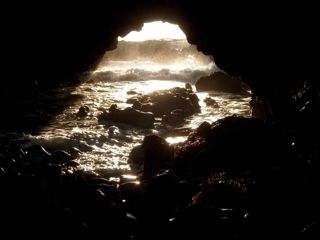
-
| 
-
|
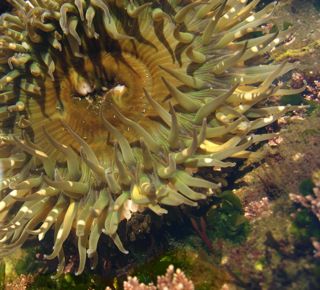
Anthopleura sola
| 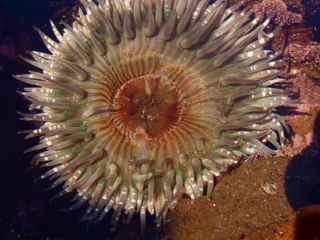
Anthopleura sola
| 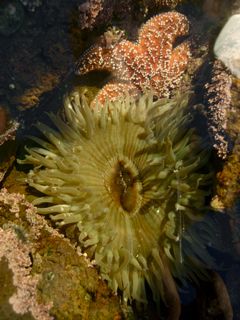
Anthopleura sola and Pisaster ochraceus
|

Nuttallina fluxa (southern spiny chiton on upper left) and Cyanoplax hartwegii (below the N. fluxa and another under the Anthopleura sola tentacles)
| 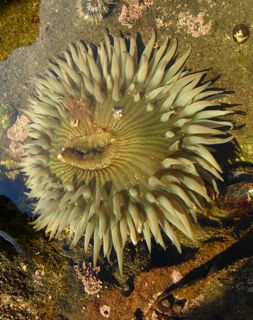
Anthopleura sola
| 
Anthopleura xanthogrammica: Note the lack of radiating lines on the oral disk and the irregular tubercles not in vertical rows on the side of the anemone.
|
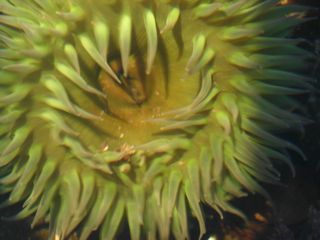
Anthopleura xanthogrammica
| 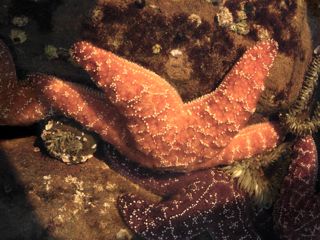
Pisaster ochraceus
| 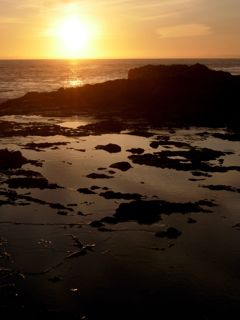
-
|
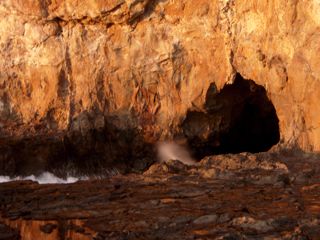
-
| 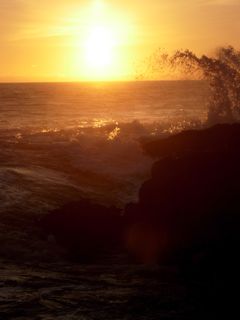
-
| 
-
|
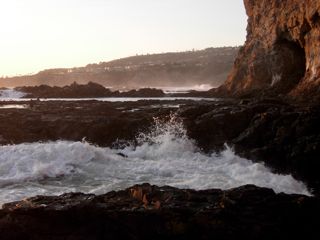
-
| 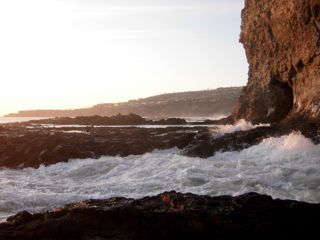
-
| 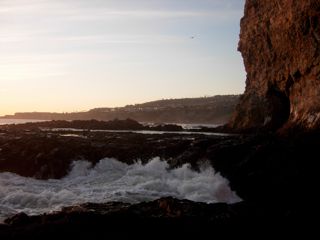
-
|
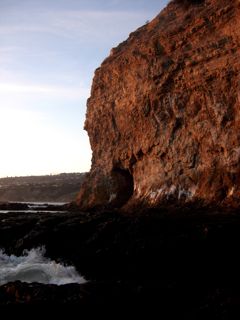
-
| 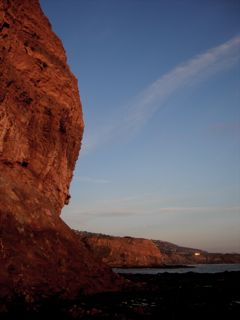
-
| 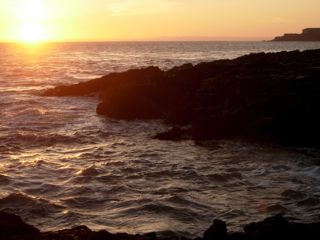
-
|

-
| 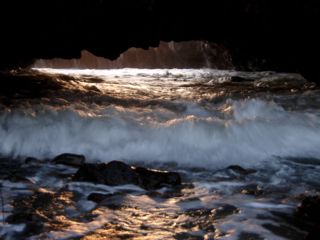
-
| 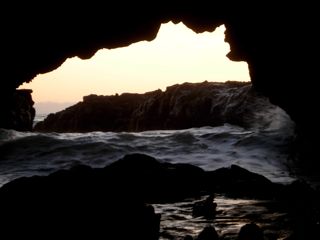
-
|

-
| 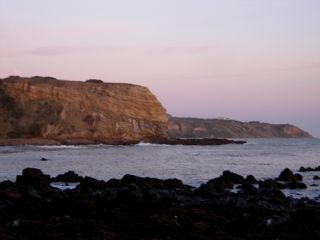
-
| 
-
|
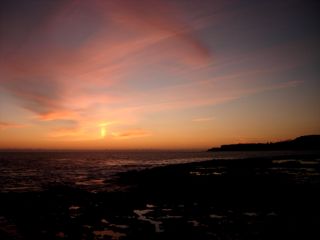
-
| 
-
| 
-
|

-
| 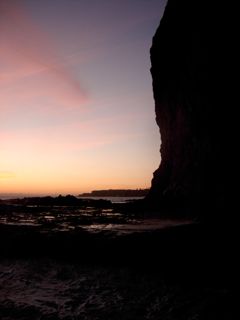
-
| 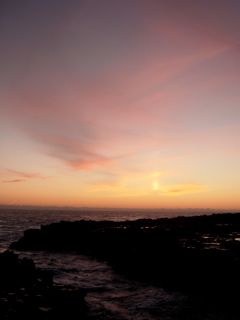
-
|

-
| 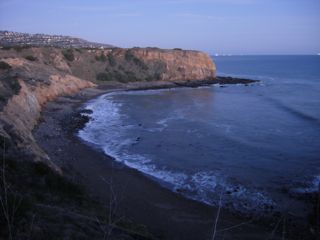
-
| 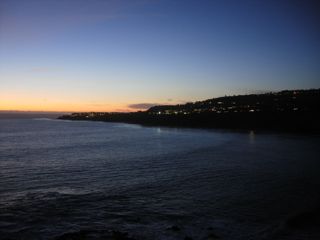
-
|
 Under Construction!
Under Construction! Under Construction!
Under Construction!